Maximizing Natural Light in Your Home

Most brownstones or townhouses are narrow and long. Usually 20 feet at the street and 40 feet long. Natural light only enters at the front and back so that leaves a long stretch in the middle with no windows. Squeezing every bit of natural light out of the windows that are there is crucial.
Squeezing Every Bit of Natural Light out of the Windows is Crucial.
Lighting is very important to design, and no kind of lighting is more important than natural light. It’s something that no light bulb, no matter how sophisticated, can replicate. Natural light helps any space look warmer and more vibrant. It also makes spaces look larger and more open. A small office or reading nook has an inviting and cozy feel when positioned in front of a window. Suddenly the size of the room isn’t as much of a drawback, but imagine that tiny room with no natural light and it has an entirely different feel.
How can you make sure you are taking full advantage of every bit of natural light entering your home, especially if you live in a brownstone? One of the first things we do is take note of the direction light enters a home. Get a compass out and determine which direction is south-facing. The main advantage of a south-facing window is the amount of sunlight you’ll enjoy. As the sun rises in the east and sets in the west, the south side of any house will see the most hours of sunlight during the day in the Northern Hemisphere. Also, note the location of trees (considering trimming them) and other buildings that might obstruct the natural light from streaming in. This will prepare you to design your space to maximize the natural light that you get.

Before renovation at Carroll Gardens Parlor, there were very heavy and dark moldings and window trim. Before renovation at Carroll Gardens Parlor, there were very heavy and dark moldings and window trim.

We made the trim and window casing light and high sheen to reflect more natural light. We also replaced the frosted glass to allow natural light into the middle room.
Big Reno
Not everyone has the ability to rearrange walls in their home, but it might be the easiest way to help light flow freely. If there is an opportunity you should take it. Even removing a small section of the wall can greatly increase the amount of light flowing through. It’s also rarely possible to put in a new window in a brownstone, but it could be possible to replace them with new ones that let in more light. Removing dark trim and anything else that might obstruct them is also helpful.

Adding skylights to the top floor will allow much more light. Our guest bedroom is now the brightest room in the house (with no windows!).
On the top floor, it could be possible to add skylights to rooms. We added a big skylight to a bedroom we have with no windows and it’s now the brightest room in the house! If the room isn’t on the top floor try a sun tunnel. It’s a long tube that can go from a skylight on the roof, through a wall, and open to a room on the next level down. It might only be done during a bigger renovation, but it doesn’t add that much expense if work is already being done.
No Reno Necessary
Many people have window coverings that are permanently installed to cover some part of a window. Look for options that extend beyond the window that can completely open to reveal the entire glass.
Position furniture to take advantage of better natural light. Create spaces that give you the best opportunity to soak up the rays in your own home. Place a comfy chair and table next to a south or East facing window to enjoy a cup of coffee or tea in the morning to start your day off right. Position furniture in a room you might spend much of the day in to maximize the natural light you will get.
Not all rooms are created equal when it comes to the amount of natural light it gets. You can’t change the fact that some rooms might be north facing, have a lot of tree cover, or possibly another building blocking light. Make sure those rooms are painted with a light neutral color. Don’t be afraid to use white! There are lots and lots of shades of white. Think Scandinavian design. They are pros at dealing with very little natural light. Any Scandinavian-designed space will include white walls, light wood tones, natural elements, and small pops of bright color. It’s the perfect solution for keeping a space light, bright, and airy even when there is little natural light.

Consider what sheen of paint you decide to use on the walls. This can help let natural light bounce off of and reflect more light.
Try going up one sheen level on the walls and ceiling to help bounce light around. We are fans of matte/flat wall paint but in our north-facing bedroom, we painted the walls and ceiling with satin paint. There is a slight sheen to it when the light hits it the right way and it definitely helps brighten the room.
Install a big mirror. Plain and simple, it will bounce a lot of light around a room and can almost give an effect of an additional window.
We like installing interior doors with glass in them to help light move around the space. In our guest bath, we installed a vintage door with chicken wire glass and stenciled “WC” on it. It’s a fun feature and brings natural light into the hallway, which is usually a space that doesn’t get a window.

Transoms, glass doors, and lengthened windows also allow for light to flow throughout the entire home.
Finally, lose the clutter. One of the hallmarks of Scandinavian design is a cozy but minimal space. Too much stuff will take the focus off the natural light and how it strikes the surfaces of the room and on all of the stuff filling up the place.
Whether or not you can go as far as moving or removing walls there are so many ways to take better advantage of the natural light entering your home. Even some simple changes can improve how your space looks and feels. So take some action and soak up those rays!
This article was written by Jordan and Barry from The Brownstone Boys.
Meet The Authors
Jordan and Barry are two designers, DIY-ers, renovators, and restorers in Brooklyn, NY. Some of the best advice that they received came from creative blogs so they decided to start their own and share their own experience in hopes of helping others as well.
They slowly restored their very own 130-year-old Brooklyn Brownstone home and now want to help others achieve their own goals in their homes as well!
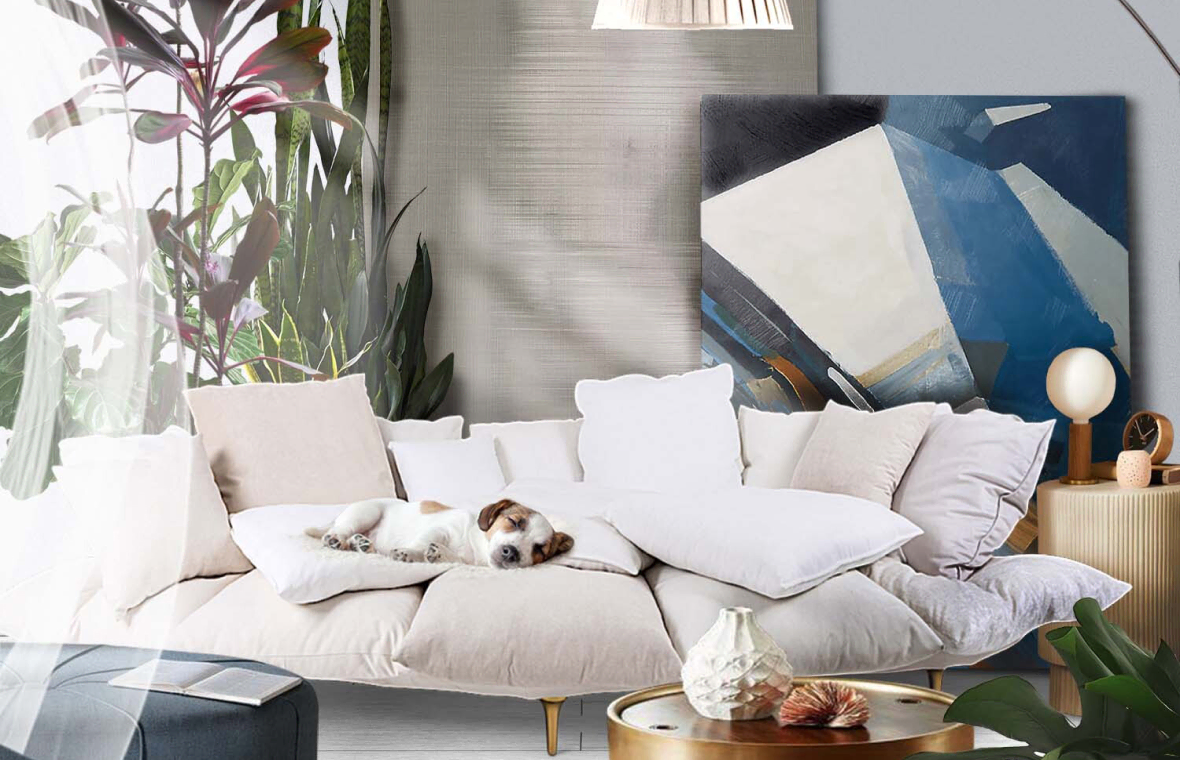
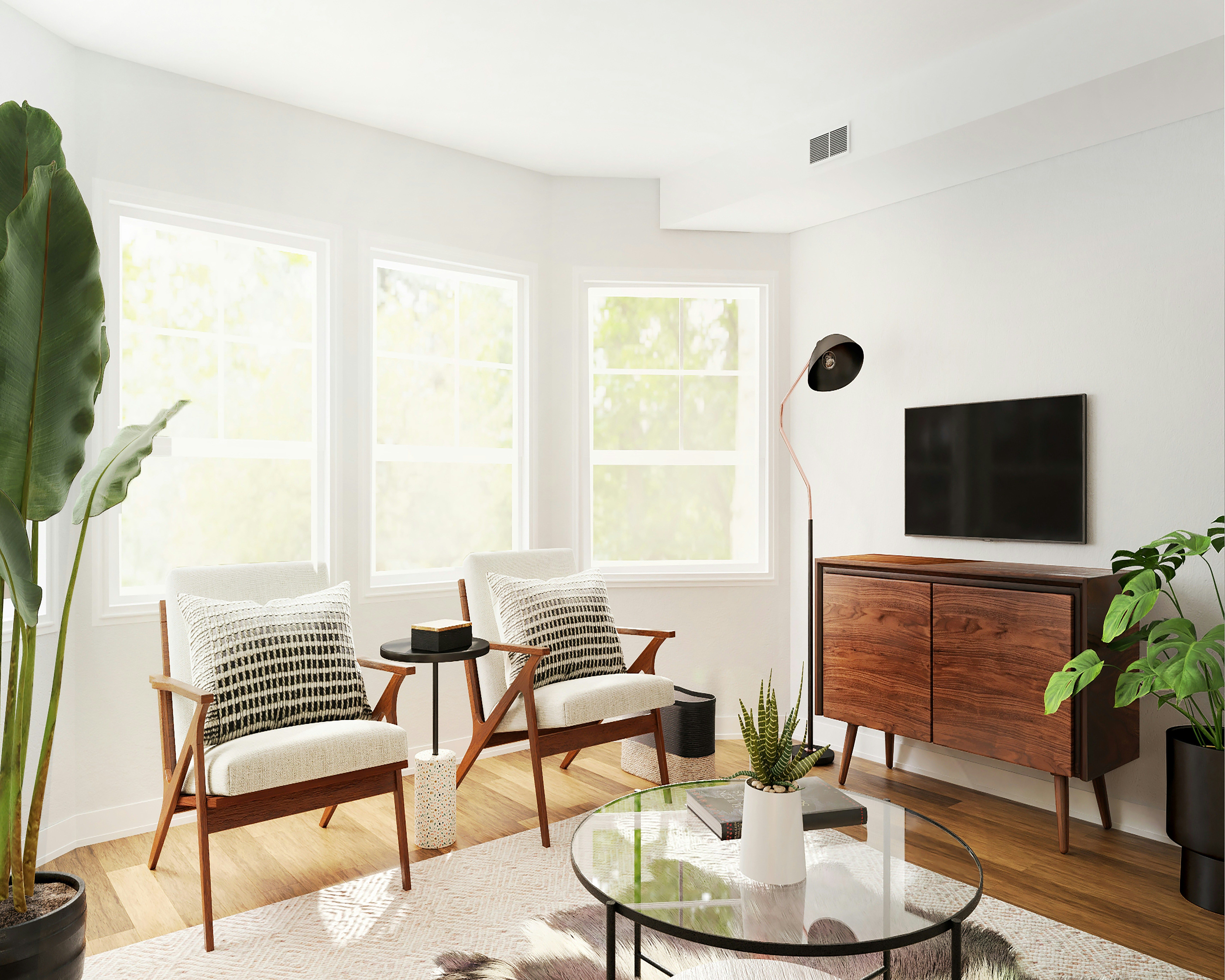
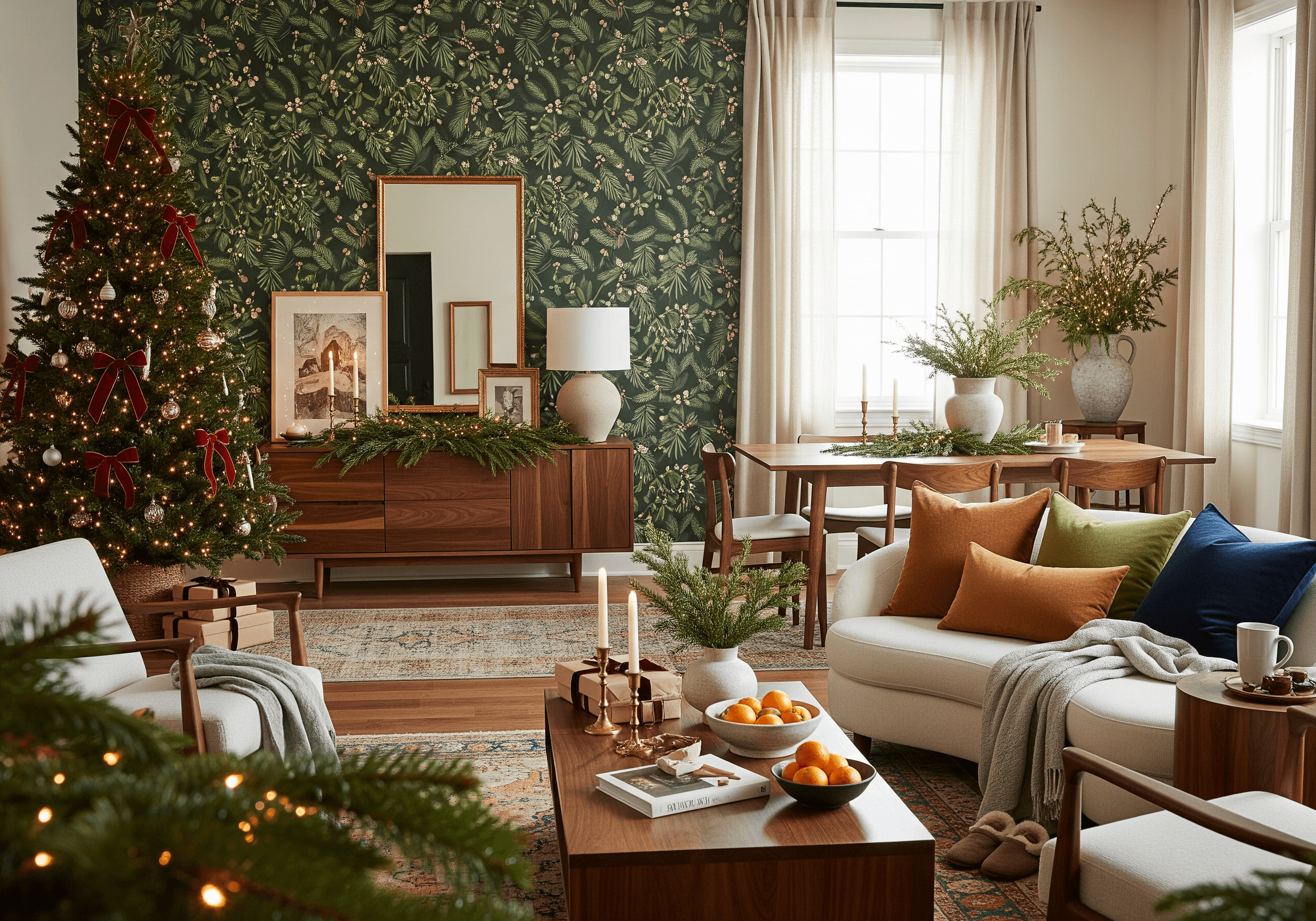
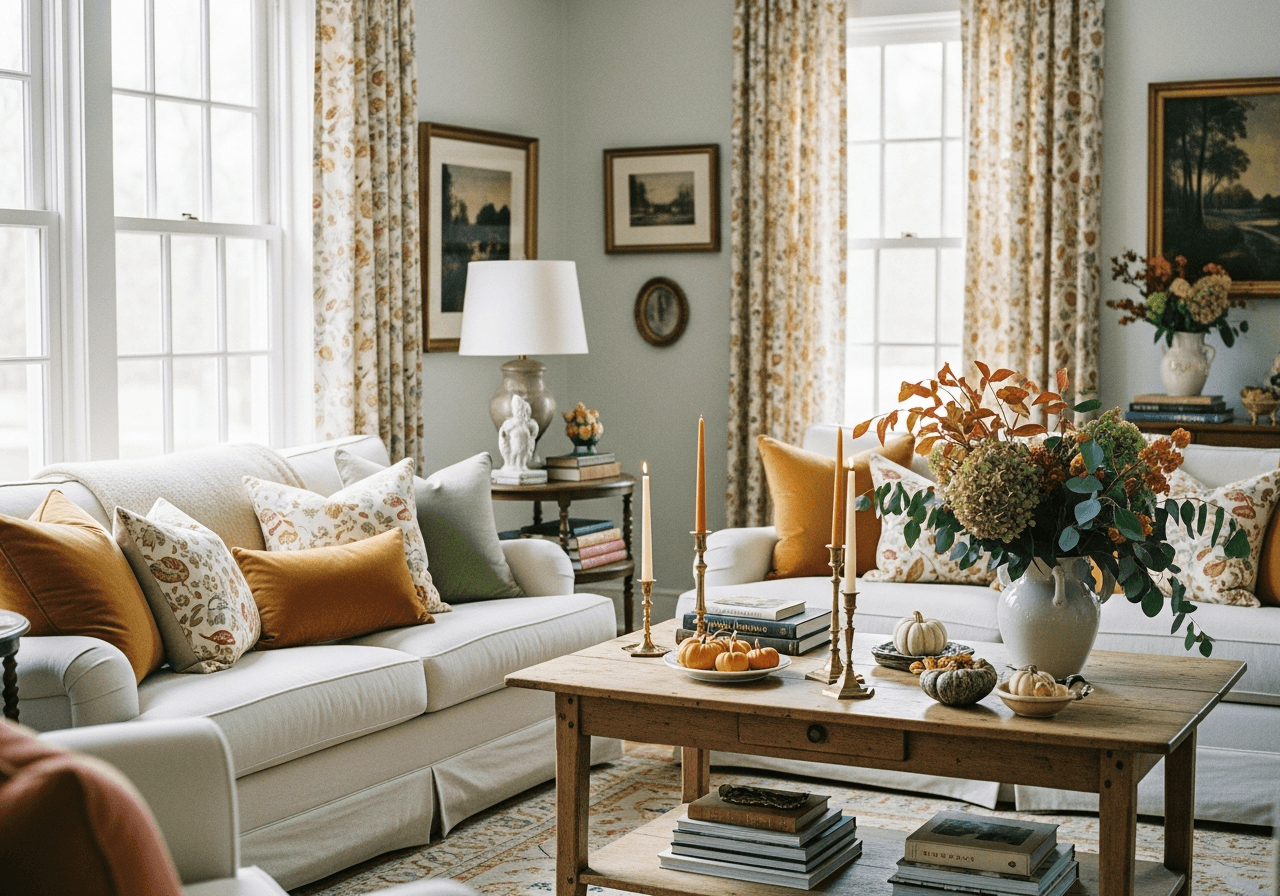
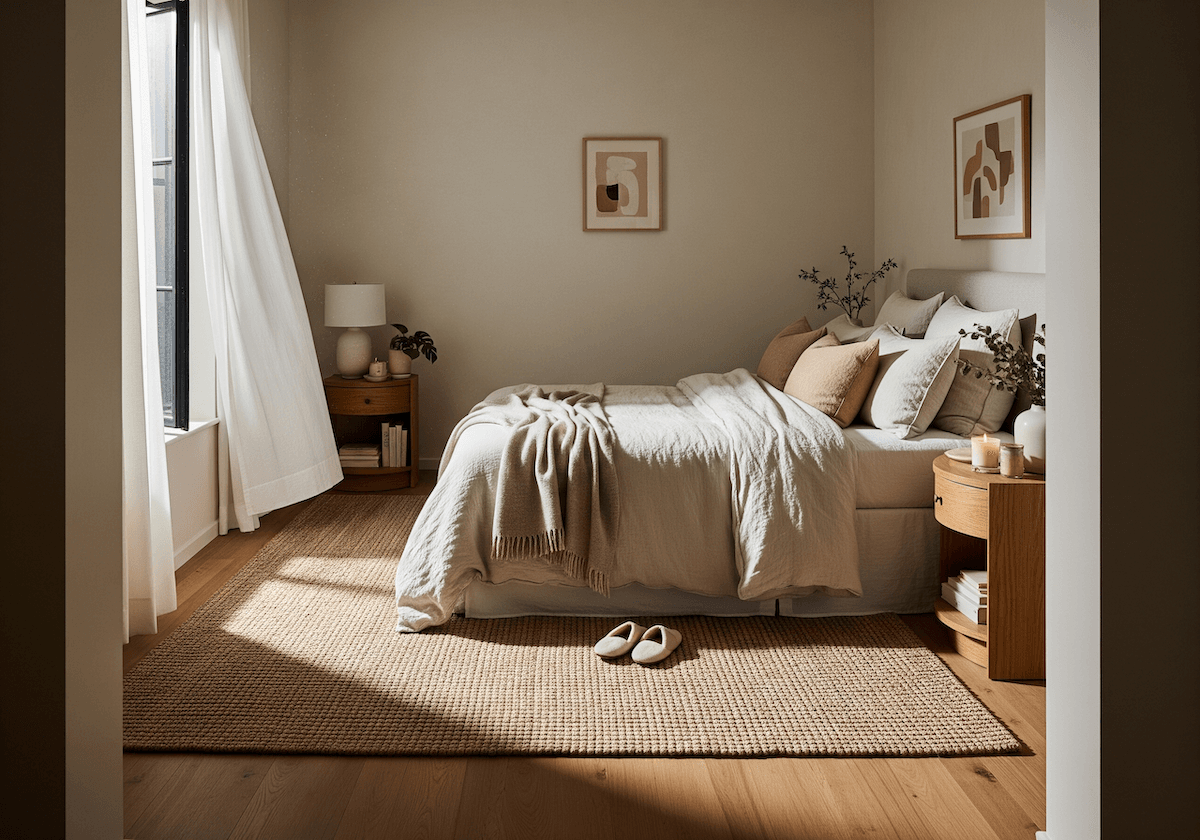

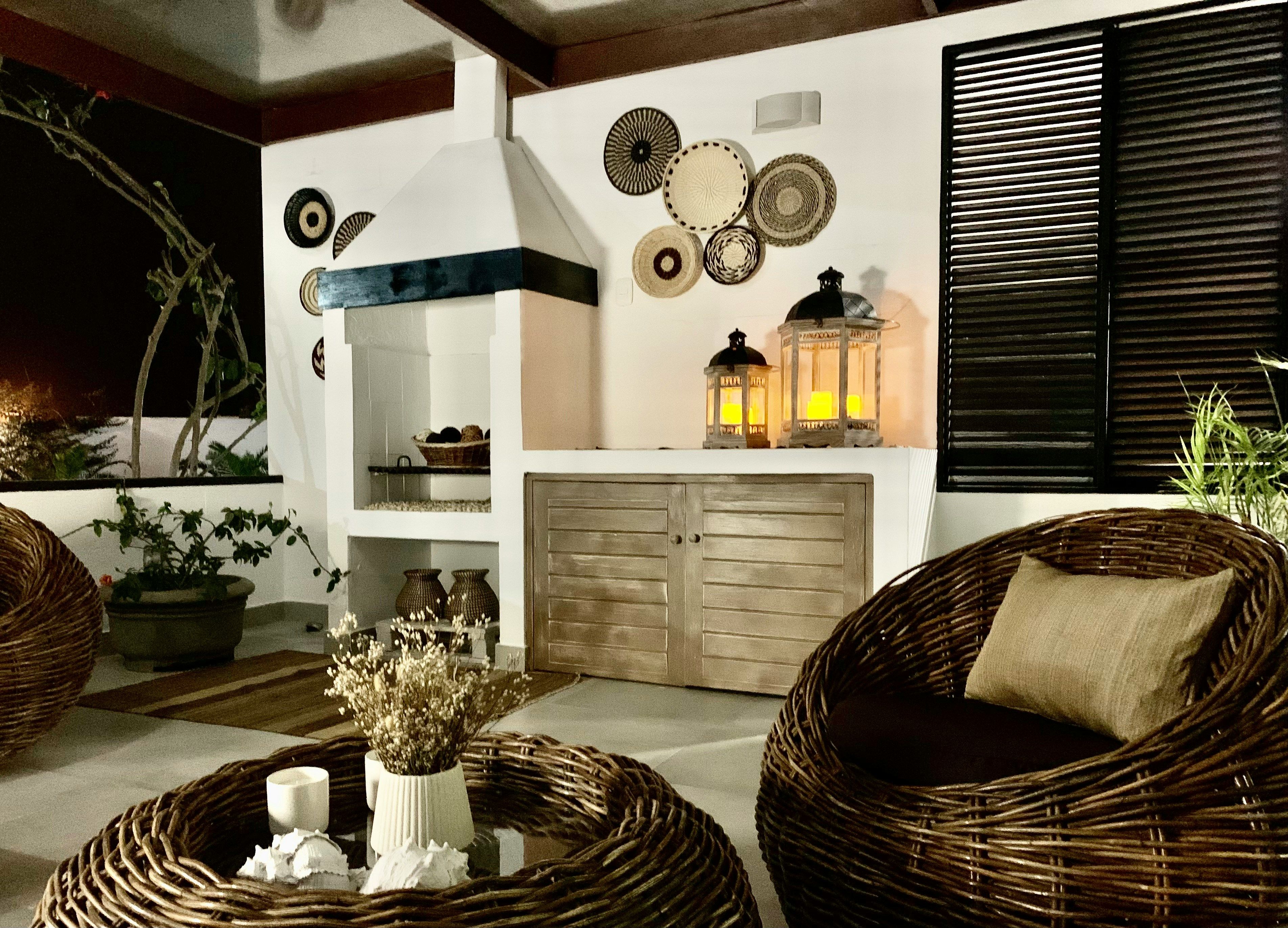


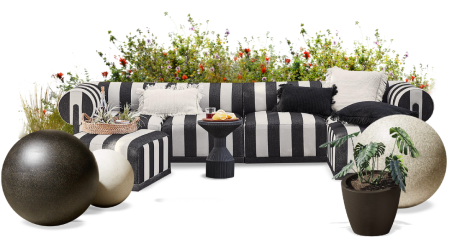
 20h left
20h left




